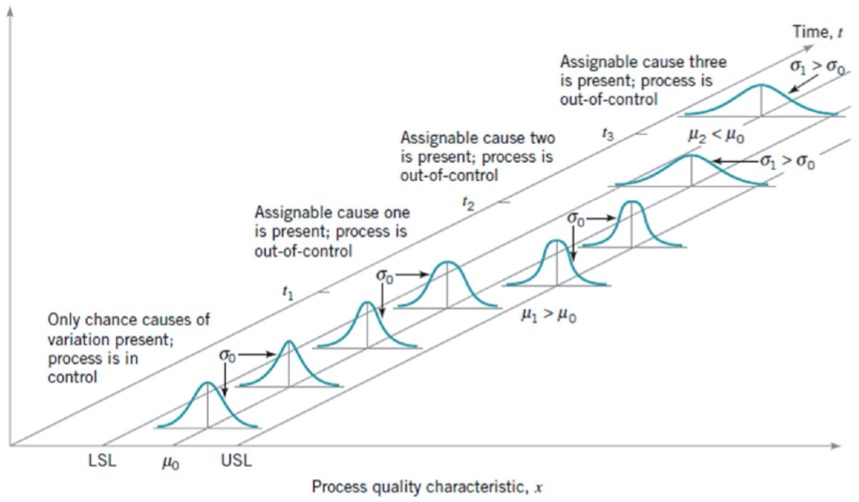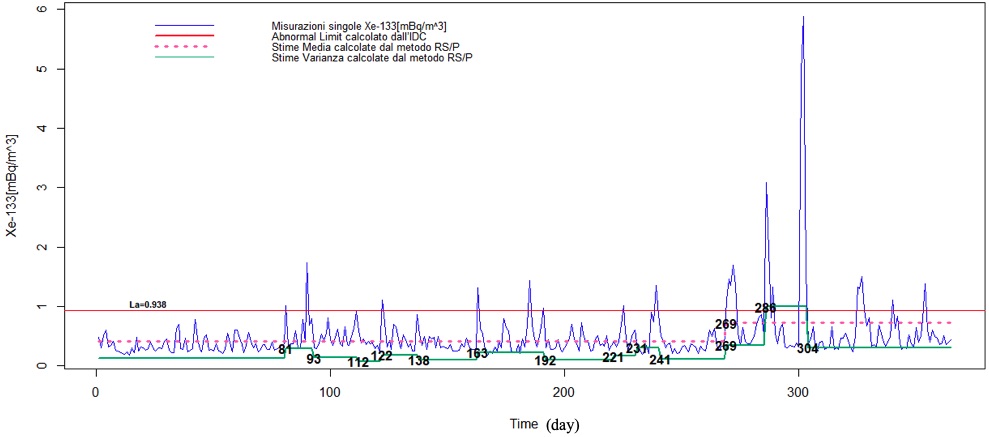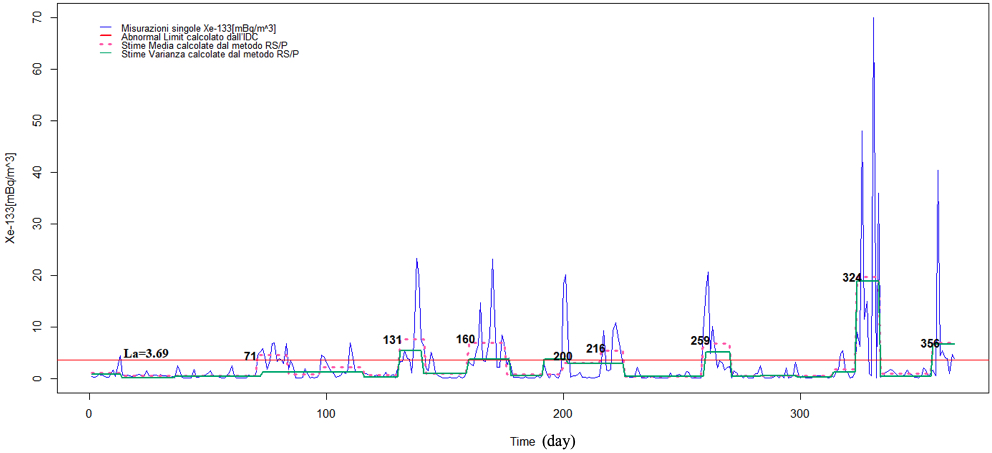Application of Non-Parametric Control Charts (Statistical Process Control) to radioxenon distribution at International Monitoring System stations of the CTBTO

The detection of atmospheric radioxenon activity concentrations plays a key role in understanding radioactive emissions from nuclear power plants and medical isotope production facilities. Among all possible fission products Noble Gas isotopes, namely 131mXe, 133mXe, 133Xe and 135Xe, generally known as radioxenon, are of particular interest since they are periodically released in the atmosphere by civil sources as medical isotope production facilities, nuclear power plants and nuclear research reactors.

Making conclusions about a n unexpected release of radioxenon is a very complex task. The Comprehensive Test Ban Treaty Organization (CTBTO) has envisioned for its verification purpose the realization of a network of monitoring station worldwide, that is almost completed. We have tried to properly characterize both the radioxenon atmospheric background levels and the possible anomalous radioxenon values that are larger than the average atmospheric background level for each active station of the International Monitoring System of the CTBTO. With this aim we have used and compared several statistical inference-based non-parametric distribution-free methods (not based on particular distributional assumptions). They can be used on a stream of single observations (no subgroups), can be able to estimate the presence of change points in the process location and/or process scale, can work with a desired false alarm probability, or a given ARL(H0), can offer some post-signal diagnostics to properly interpret the results.

Giuseppe Ottaviano
ENEA
giuseppe.ottaviano@enea.it